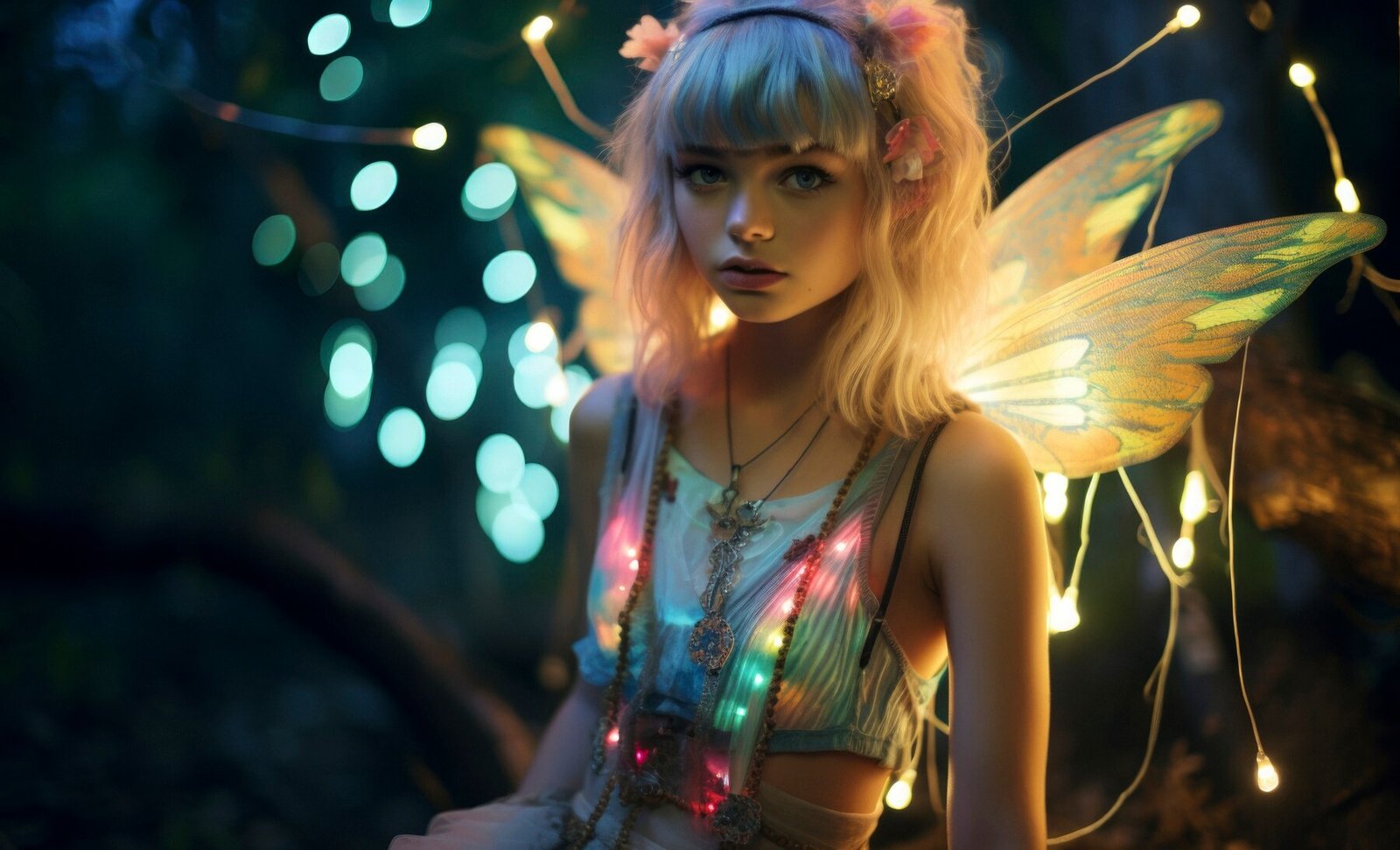Blog
The Manic Pixie Dream Girl: A Trope That Needs to Evolve

The Manic Pixie Dream Girl (MPDG) is a widely recognized character trope in movies and literature. She is typically a quirky, whimsical, and free-spirited young woman whose primary role in a story is to inspire the male protagonist, helping him break free from his mundane existence. This trope has been both celebrated and criticized over the years for its portrayal of female characters as one-dimensional plot devices rather than fully developed individuals. Understanding the origins, impact, and evolution of the MPDG is essential in examining its place in modern storytelling.
Origins of the Manic Pixie Dream Girl Trope
The term “Manic Pixie Dream Girl” was coined in 2007 by film critic Nathan Rabin in his review of the movie Elizabethtown. He used it to describe Kirsten Dunst’s character, Claire Colburn, a lively and eccentric woman who exists solely to uplift the film’s male lead. While the trope predates the term, Rabin’s analysis brought it into mainstream discussion, leading to debates about its presence in pop culture.
Common Traits of the Manic Pixie Dream Girl
MPDG characters often share specific characteristics that make them easily identifiable. They are usually young, attractive, and full of life, with a whimsical nature that sets them apart from the rest of the cast. They tend to be spontaneous, creative, and unburdened by real-world responsibilities, allowing them to act as a catalyst for the male protagonist’s emotional or spiritual growth. Despite their magnetic personalities, they rarely have their own complex story arcs or personal growth, making them feel like an accessory rather than a fully realized character.
Famous Examples in Film and Literature
Many famous films have featured characters that fit the MPDG mold. Some of the most recognizable examples include:
- Holly Golightly in Breakfast at Tiffany’s (1961): Audrey Hepburn’s character is charming, unpredictable, and full of mystique, significantly influencing the male protagonist’s worldview.
- Penny Lane in Almost Famous (2000): Played by Kate Hudson, Penny Lane embodies the free-spirited muse who helps the male protagonist find his voice.
- Summer Finn in (500) Days of Summer (2009): Zooey Deschanel’s character is often cited as an MPDG, though the film subverts the trope by showing the male lead’s flawed perspective of her.
- Sam in Garden State (2004): Natalie Portman’s character is a textbook MPDG, bringing excitement and self-discovery to the film’s emotionally stagnant protagonist.
Criticism of the Manic Pixie Dream Girl Trope
The primary criticism of the MPDG trope is its reductive portrayal of women. These characters are often devoid of depth, existing merely to serve the male lead’s development while lacking any meaningful personal growth. This reinforces outdated gender stereotypes that depict women as supporting figures rather than individuals with their own aspirations and struggles.
Another major issue is that the trope romanticizes the idea of an unattainable and unrealistic partner. It suggests that a woman’s purpose in a relationship is to bring excitement and inspiration rather than to have a mutual, fulfilling connection. This can create unhealthy expectations in real-life relationships, where individuals might seek partners based on their ability to “save” them rather than form a genuine emotional bond.
Subversions and Evolution of the Trope
In response to criticism, many modern filmmakers and writers have attempted to subvert or deconstruct the MPDG trope. Some examples include:
- Clementine Kruczynski in Eternal Sunshine of the Spotless Mind (2004): While appearing to be an MPDG at first, Clementine explicitly rejects the idea, stating that she does not exist to fix the protagonist’s life.
- Sam in Her (2013): The AI assistant, voiced by Scarlett Johansson, starts as an MPDG-like figure but ultimately chooses her own path, highlighting the protagonist’s reliance on an unrealistic fantasy.
- Ramona Flowers in Scott Pilgrim vs. The World (2010): Unlike a typical MPDG, Ramona is fully aware of her past relationships and refuses to be reduced to a mere love interest.
The Role of the Manic Pixie Dream Girl in Modern Storytelling
While the MPDG trope still appears in media, its portrayal has evolved. Writers and filmmakers have become more conscious of the need for multidimensional female characters with their own arcs, struggles, and agency. The trope has also become a tool for critique, with many stories using it to highlight the flaws in how women have traditionally been written in male-centered narratives.

Contemporary audiences are more receptive to stories that offer complex, realistic portrayals of women. As a result, modern films and literature focus more on well-rounded female leads who have their own goals, rather than being defined by their impact on a male protagonist. This shift reflects broader societal changes regarding gender representation and the demand for richer storytelling.
Conclusion
The Manic Pixie Dream Girl trope has played a significant role in pop culture, shaping how female characters are written in films and literature. While it has been criticized for its shallow and limiting portrayal of women, it has also sparked important discussions about gender representation in storytelling. As the entertainment industry continues to evolve, the trope is being deconstructed and transformed, leading to richer, more meaningful portrayals of female characters. By moving beyond simplistic archetypes, modern storytelling can create characters that resonate more deeply with audiences and reflect the complexities of real-life individuals.
-

 Tech1 year ago
Tech1 year agoHow to Use a Temporary Number for WhatsApp
-

 Business2 years ago
Business2 years agoSepatuindonesia.com | Best Online Store in Indonesia
-

 Social Media1 year ago
Social Media1 year agoThe Best Methods to Download TikTok Videos Using SnapTik
-

 Technology1 year ago
Technology1 year agoTop High Paying Affiliate Programs
-

 Tech10 months ago
Tech10 months agoUnderstanding thejavasea.me Leaks Aio-TLP: A Comprehensive Guide
-

 FOOD12 months ago
FOOD12 months agoHow to Identify Pure Desi Ghee? Ultimate Guidelines for Purchasing Authentic Ghee Online
-

 Instagram3 years ago
Instagram3 years agoFree Instagram Auto Follower Without Login
-

 Instagram3 years ago
Instagram3 years agoFree Instagram Follower Without Login




















